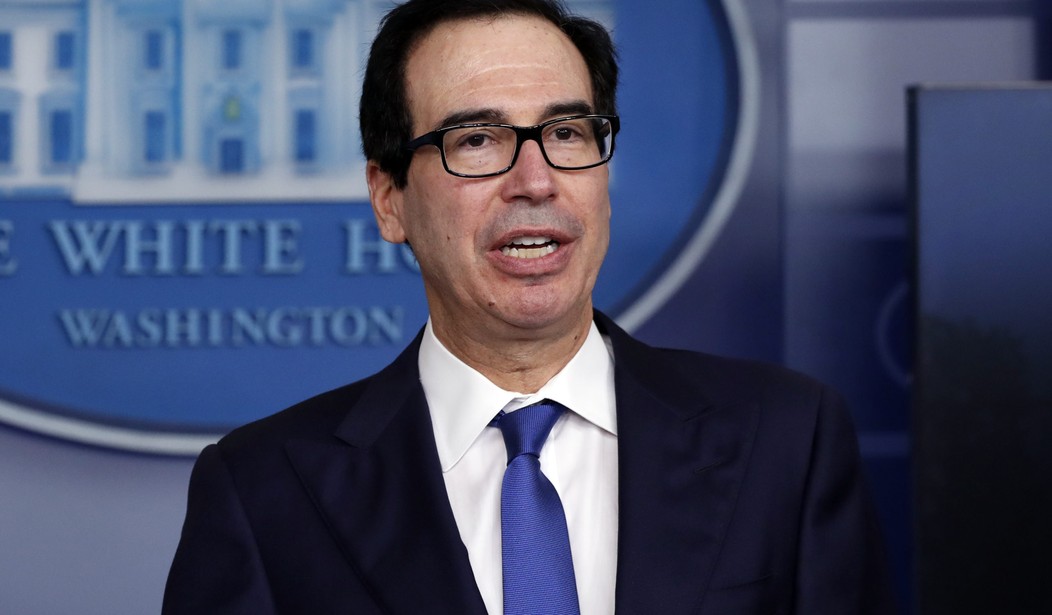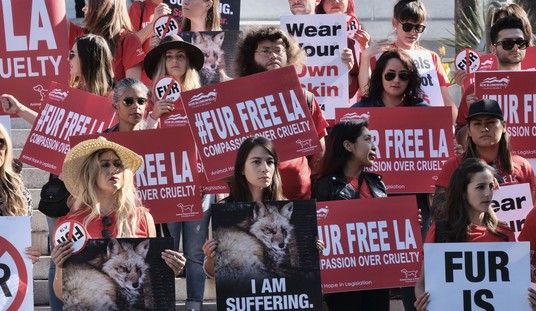The United States government will take on so much debt this year that for the first time since World War II, the debt to GDP ratio will exceed 100 percent. In 1945, that ratio was at 106 percent, but was quickly reduced through a combination of tax increases and massive economic growth.
Neither is likely today. The prostrate economy will need all the help it can get in getting off the floor and it would be suicide to raise taxes in an environment with low economic growth.
But it’s not just government debt that is rapidly becoming a problem. Corporate debt has soared above $16 trillion — more than was built up during the 2008 Great Recession. And the Federal Reserve will be forced to purchase nearly $2 trillion in treasuries — about $30 billion a day — to keep a global panic from our doors.
In short, the red ink is gushing all over the country and somehow, someway, we’re going to have to find a way back to fiscal sanity.
All this borrowing is required to plug the gaping hole the novel coronavirus has punched in the economy, as unemployment reaches levels not seen since the Great Depression. Few, if any, prominent economists or lawmakers opposed opening the government’s fiscal taps amid the current economic emergency. The Senate last month approved $2 trillion of crisis spending with a vote of 96 to 0.
Yet high debt loads already are straining many corporations, which may be forced to choose between skipping loan payments and laying off workers. Millions of consumers, too, face sizable monthly bills for student loans and credit cards, a burden that could weigh on any economic rebound.
The reliance on so much debt also will leave scars after the pandemic passes, economists say, making it difficult for policymakers to withdraw support and leaving the economy more vulnerable than before this crisis began.
While zero interest rates are good for the short term, down the road they could lead to lower growth, which would exacerbate the debt problem.
An era of perpetually ultralow interest rates distorts the economy by eliminating the traditional market discipline that discriminates between worthy investments and unprofitable ones. If money is virtually “free” for many years – as it has been since 2008 – even bad ideas can attract financing.
As the United States once again turns to debt to rescue the economy, it is locking in a future of lower growth. The national credit card is being used largely to stop today’s financial bleeding, rather than for investments – in the medical system, infrastructure and education – that would boost future growth.
The Fed is not only buying up treasuries at a historic rate, there doesn’t appear to be an end in sight.
The central bank’s desire to bring an early end to its unusual market role may collide with the Treasury Department’s need to sell an unprecedented amount of government bonds to raise money for anti-pandemic spending.
“Who’s going to buy all these Treasurys? Foreigners? Private investors?” Slok asked. “It all adds up to supply growing at levels we have never, ever seen before.”
As government and corporations pile on more and more debt, we may near a tipping point that will bring the whole rickety house of cards crashing down. It’s certainly an experiment in capitalism to take on this much debt and no one can say how we can get out from under or predict what’s going to happen eventually.










Join the conversation as a VIP Member